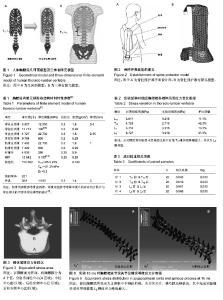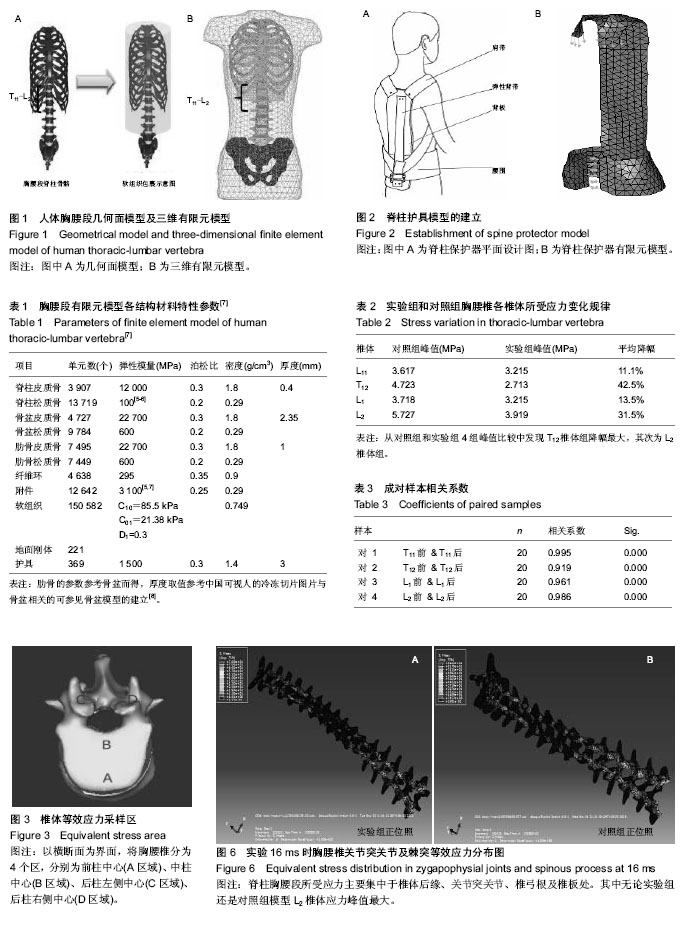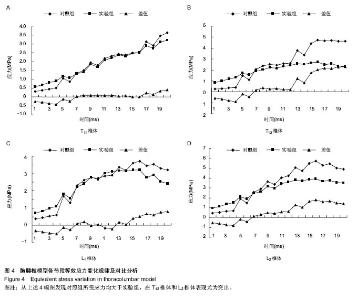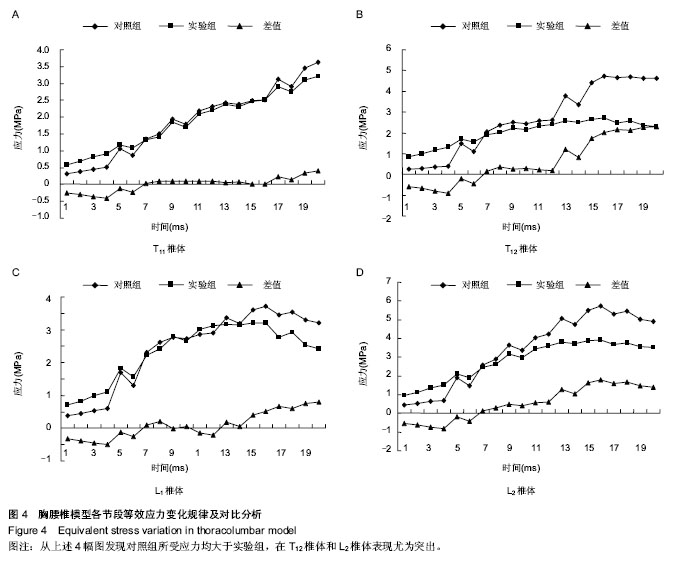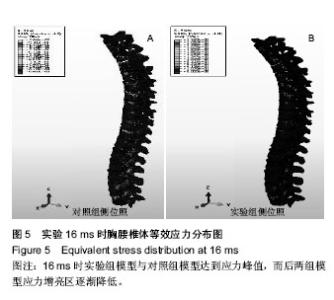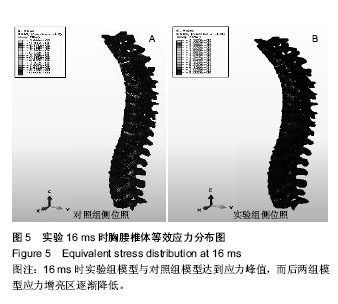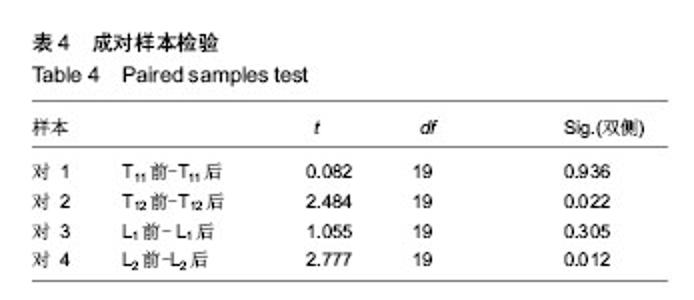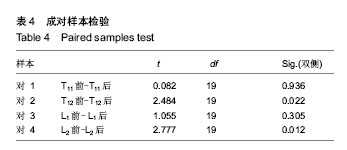| [1] 韦兴,侯树勋,史亚民,等. 66例胸腰椎骨折患者的流行病学分析[J].中国脊柱脊髓杂志,2004,14(7):403-405.
[2] 王旭,李增炎,黄军民.胸腰椎爆裂骨折1589例患病特点回顾性分析[J].颈腰痛杂志,2012,33(7):100-104.
[3] Yan YB, Qi W, Wu ZX, et al. Finite element study of the mechanical response in spinal cord during the thoracolumbar burst fracture.PLoS One.2012;7(9):221-224.
[4] Bunge EM, de Bekker-Grob EW, van Biezen FC, et al. Patients’ preferences for scoliosis brace treatment: a discrete choice experiment. Spine (Phila Pa 1976). 2010;35(1):57-63.
[5] Zhong ZC,Wei SH,Wang JP,et al. Finite element analysis of the Lumbar spine with a new cage using atopology optimization method. Med Eng Phys. 2006;28:90-98.
[6] Guo LX, Teo EC. Prediction of the modal characteristics of the human spine at resonant frequency using finite element models. Proc Inst Mech Eng H. 2005;219(4):277-284.
[7] Majumder S, Roychowdhury A, Pal S. Effects of trochanteric soft tissue thickness and hip impact velocity on hip fracture in sideways fall through 3D finite element simulations. J Biomech. 2008;41(13):2834-2842.
[8] Zeng ZL, Cheng LM, Zhu R, et al. Building an effective nonlinear three-dimensional finite-element model of human thoracolumbar spine. Zhonghua Yi Xue Za Zhi. 2011;91(31): 2176-2180.
[9] 叶铭,张绍祥,王成焘.力学虚拟人骨组织曲线曲面模型重建技术[J].医用生物力学,2006,21(3):212-216.
[10] 王冬梅,董谢平,张琳琳. 侧向冲击载荷作用下股骨-骨盆复合体的生物力学响应[J]. 医用生物力学,2011,26(6): 502-507.
[11] 王冬梅,董谢平,王尚武,等. 侧向冲击载荷作用下髋护具对股骨-骨盆复合体生物力学响应的影响[J]. 医用生物力学,2012, 27(1): 32-39.
[12] 何剑颖,董谢平.脊柱生物力学的有限元法研究进展[J]. 中国组织工程研究, 2011,15(26): 4936-4940.
[13] 王向阳,戴力扬.胸腰椎爆裂性骨折的生物力学研究进展[J].中华骨科杂志,2006,26(7):487-489.
[14] Yan JZ, Wu ZH, Wang XS. Finite element analysis on stress change of lumbar spine. Zhonghua Yi Xue Za Zhi.2009; 89(17): 1162-1165.
[15] 蓝霞,王冬梅,周立义,等.动力性胸腰保护器对中上胸椎保护的有限元研究[J].中国矫形外科杂志,2011,19(16):1361-1364.
[16] Qiu TX, Teo EC, Zhang QH.Comparison of kinematics between thoracolumbar T11-t12 and T12-L1 functional spinal units. Proc Inst Mech Eng H. 2006;20(4):493-504.
[17] Fei Q, Li QJ, Yang Y, et al. Three-dimensional finite element model of thoracolumbar spine with osteoporotic vertebral compression fracture. Zhonghua Yi Xue Za Zhi. 2010;90(41): 2943-2946.
[18] Dall'Ara E, Schmidt R, Pahr D. A nonlinear finite element model validation study based on a novel experimental technique for inducing anterior wedge-shape fractures in human vertebral bodies in vitro. J Biomech.2010; 43(12): 2374-2380.
[19] 白楚杰,董启榕,吕厚山,等.正常人与骨质疏松患者胸腰椎三维有限元模型的建立及分析[J].中国临床康复,2006,10(41):98-100.
[20] 董谢平,王冬梅,何剑颖,等.腕保护器抗冲击载荷的有限元分析[J]. 中国组织工程研究, 2011,15(30): 5531-5534.
[21] 何剑颖,董谢平.正常髋部与佩戴保护支具髋部的有限元对比分析[J].中国组织工程研究与临床康复, 2011,15(35):6546-6550.
[22] 董谢平,张琳琳,何剑颖,等.髋保护器防护髋部骨折的有限元建模与分析[J].中国矫形外科杂志,2011,19(18):1537-1541. |
